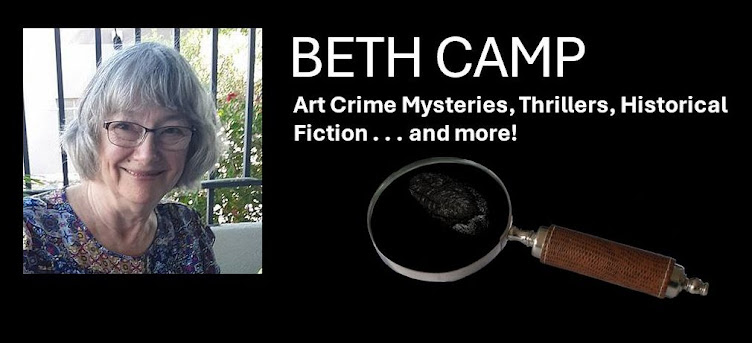Met with my writing group last night, and we got into an interesting discussion about dialogue tags. Three examples:
"How could you possibly trust him?" Joanne winked.
Note: The wink counters the statement entirely. Winks are linked to jokes. They may suggest flirting, affection, a hint, or something that is sly or hidden (for example, Joanne's committee winked at her expense report).
"I'm sorry to hear that." Joanne smiled and leaned forward. "Which hospital?"
Note: Smiling (a positive act) directly contradicts Joanne's expression of sorrow and leads the reader to doubt Joanne! Leaning forward suggests intimacy, that Joanne has nothing to hide, that she is comfortable with the person she's talking to -- and that she perhaps likes to gossip or did not like the person who is at the hospital. Here, the conflict between her actions and what she says adds interest to the story.
"You have a new boyfriend? He's Croatian? How interesting." Joanne raised her eyebrows.
Note: raised eyebrows can communicate surprise or mild disapproval. Substitute just about any nationality or race, and the above statement (and the character) could be misunderstood.
Our conclusion? We writers need to notice the connections between what a character says and what that character does. Is the combined effect intentional?
As Joe Navarro points out in his article, our physical responses have been honed over millions of years. Trust what you see the body doing and watch for contradictions between speech and action. If we are more precise in describing what our characters are doing, we move closer to "showing" rather than "telling," bringing us closer to the magic of storytelling.
So, do you use body language in your stories?
Joel Robison, "Catch the Spirit"
You may want to take a look at:
"Body Language" from streetdirectory.com
"Eye Expressions" from Psychologia
Joe Navarro's "The Key to Understanding Body Language" from Psychology Today

Stopping by on the A to Z road Trip. :-)
ReplyDeleteWhen I write, depending on what I'm writing, I quite often end up with the story playing out in my mind like a little movie, so I know what body language my characters are displaying, I just have to figure out a way to describe that for the people who can't see the movie in my head (i.e. everyone else). ;-)
You have some interesting examples here. I use body language in my writing because it's such a good way to show what the character's really thinking and feeling.
ReplyDelete